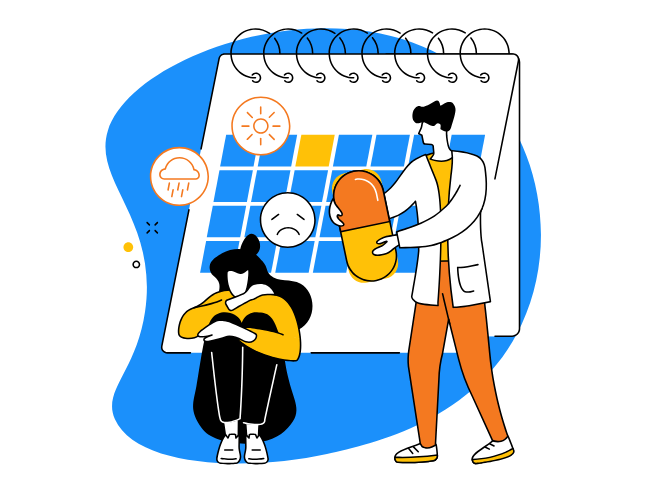In communities across the world, COVID-19 has affected people’s daily routines in countless ways. It comes as no surprise, then, that new research suggests that daily activity habits have taken an unhealthy hit as people stay home and businesses close.
Using fitness tracker data, a group of researchers with the University of California San Francisco observed a 5.5% decrease in mean daily steps (approximately 287 fewer steps) for smartphone users in the first ten days after the World Health Organization (WHO) declared a global pandemic on March 11. After the first 30 days, that average daily step count plummeted by 27.3%, or 1,432 steps. Results also varied by country, likely based on the severity of local government policies, community response, and the virus’s effects. For example, individuals in Italy averaged nearly a 48.7% reduction in steps, but those in Sweden only had a 6.9% reduction.
The data was collected from over 455,000 individuals located across 187 countries that used the free wellness app Argus. While this is a large pool to draw results from, there is likely some variability in smartphone use habits that may have affected the information. Additionally, activity intensity and non-stepping exercise could not be determined from the data. Nonetheless, the simple fact that many people are inherently doing less because of business closures and stay-at-home guidelines is enough to cause concern over the health and wellness consequences of physical inactivity.
Inactivity Compounds The Pandemic’s Health And Financial Problems
WHO estimates that nearly a third of the global population is physically inactive, and that approximately 3.2 million deaths annually can be attributed to this problem. Even worse, the Centers for Disease Control and Prevention (CDC) estimate that problem is even larger in the US. Only about one in two American adults gets the recommended amount of physical activity, costing $117 billion in additional healthcare expenses.
As people struggle to get out, move around, and exercise more, there is the potential that even more people than before the pandemic may be at risk for the serious or chronic health problems associated with inactivity (as well as their related financial burden). This is especially troubling considering COVID-19 has not only directly threatened people’s health, but struggling economies have created huge financial burdens and stress for many that have lost jobs, reduced their income, or taken on more family responsibilities.
Physical inactivity has consequences on health and well-being that may also be hindering many individuals’ abilities to fight off an infection from COVID-19 or experience fewer complications related to the virus. Of course, there aren’t any studies to support this theory at the moment—but the proven benefits that come from maintaining adequate levels of activity do suggest this is possible. Individuals with chronic conditions such as heart disease, diabetes, obesity, and hypertension are all more at risk from COVID-19 complications. Chronic conditions like these are all improved by physical activity, and moderate exercise has been shown to boost immunological defense mechanisms. If anything, people should be exercising and moving around more as a part of boosting their physical strength against illness.
Wellness Programs Can Improve Exercise Habits
With gyms, fitness centers, recreation facilities, and other wellness-related businesses closed or limited with what they are currently offering, it can be a struggle to keep up with health goals and activity levels. Prolonged social distancing measures have also likely impacted people’s motivation and activity levels. Under these circumstances, employers are uniquely positioned to encourage their workers to continue (or start) being physically active.
Employee wellness programs may be one of the few sources of health content and tools that remain available to individuals. Modifying these programs to incorporate virtual resources like online fitness classes, at-home exercise tips, and digitally-delivered content can be extremely useful. It can also be helpful to provide more regular reminders to take a walk or break that involves movement during the workday.
Additionally, working may be one of the few things people have left to do as other activities they might be doing during their time off are limited or modified. Thus, employers may have more of their employees’ attention and an opportunity to increase engagement with wellness benefits. Capitalizing on this with added encouragement and resources to boost workers’ well-being may result in more people trying out exercise tips and developing new healthy habits.












